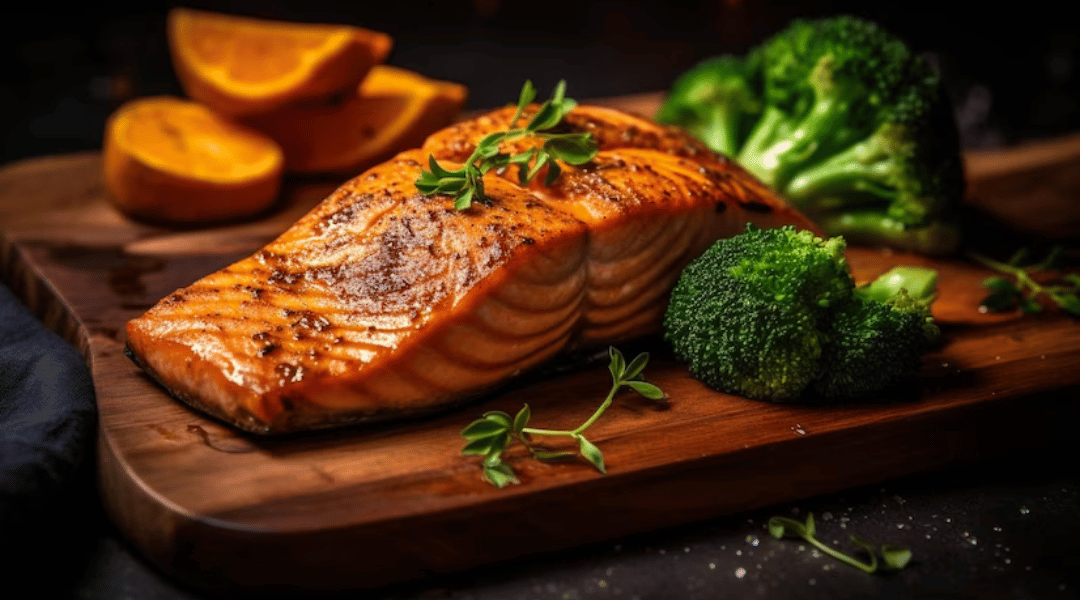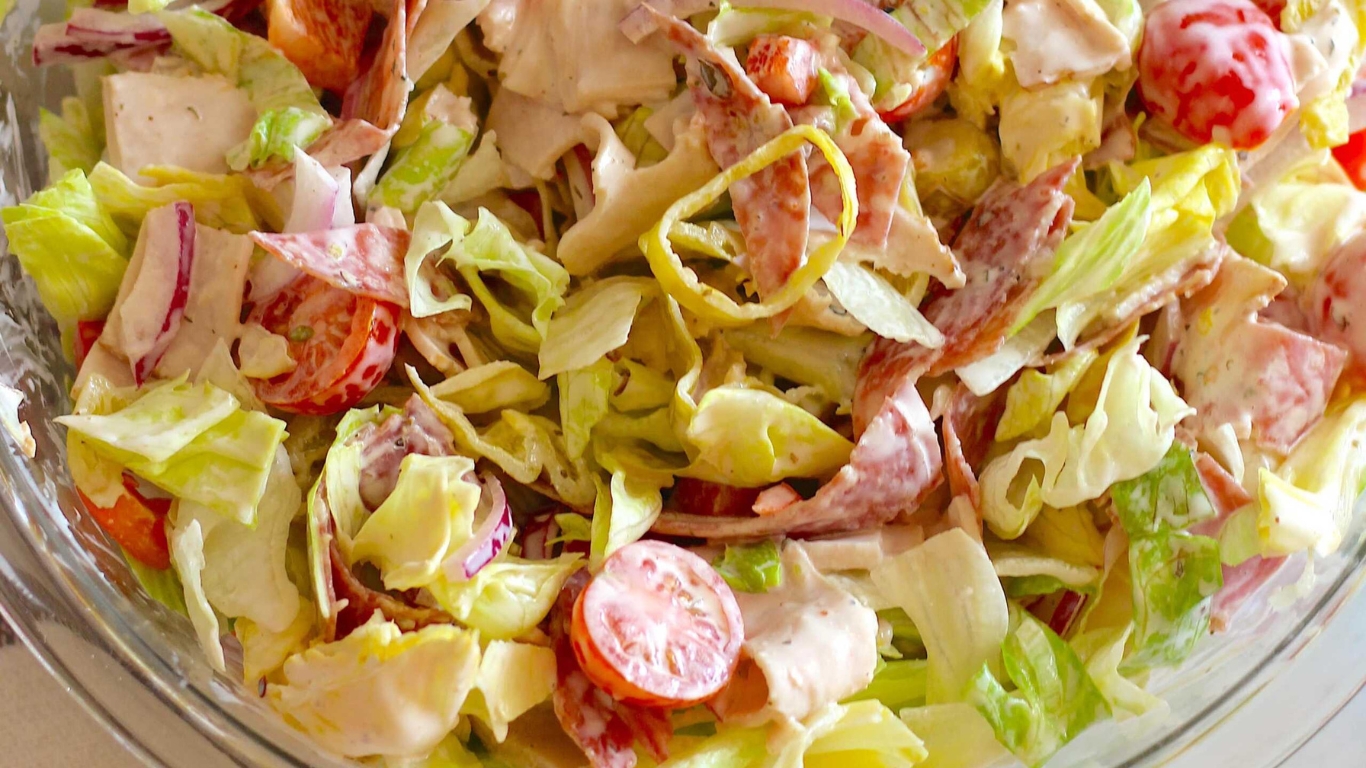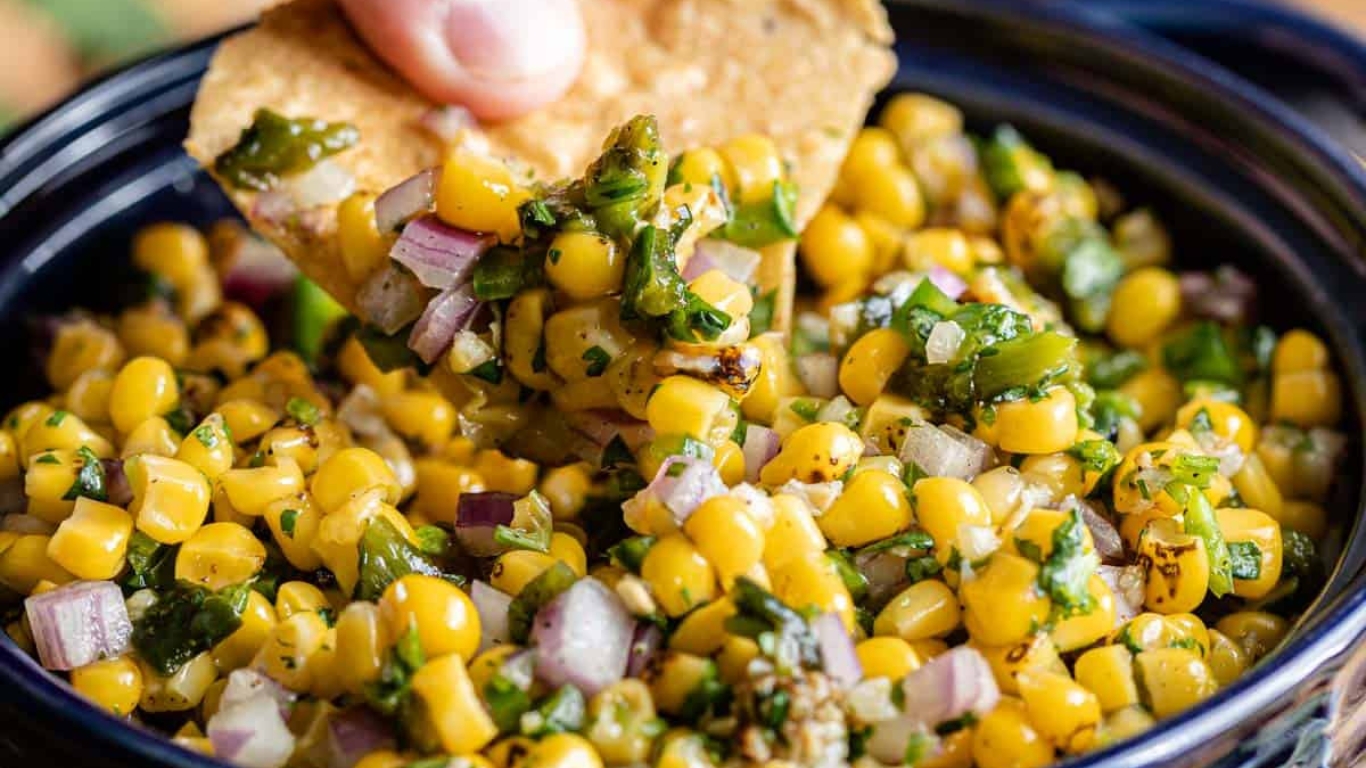Introduction to Baked Salmon
Salmon is a type of fish that belongs to the Salmonidae family, which includes trout, char, grayling and whitefish. Salmon can be found in fresh and salt water, depending on their life cycle. Some species of salmon, like Atlantic salmon and Pacific salmon, are anadromous, meaning they are born in freshwater, migrate to the ocean and return to freshwater to spawn. Other species, like landlocked salmon and kokanee, spend their entire lives in freshwater.
Selecting the Perfect Salmon
First step to making a delicious baked salmon is choosing right type of salmon. There are many types of baked salmon recipe available in the market,
If you are looking for a delicious and nutritious meal that is easy to prepare, try baked salmon recipe. Salmon is one of the most popular fish taco recipe choices among consumers and for good reasons. It is rich in protein, omega 3 fatty acids and vitamin D, which can support your health in various ways. Baking is a simple and convenient way to cook salmon, as it preserves its natural flavor and moisture and does not require much oil or seasoning. This blog post will guide you through selecting and baking the perfect salmon for your next meal.
First step is to choose right type of salmon for your dish. Many varieties of salmon are available in market, like sockeye, coho, chinook, pink and chum. Each variety has characteristics like color, texture, fat content and flavor. Some of the most common types of salmon are:
Wild caught salmon: Salmon from natural habitats like rivers, lakes or oceans. Wild caught salmon is usually more expensive than farm raised salmon, but it has a more intense flavor and a firmer texture. It also has lower contaminant levels and omega 3 fatty acids levels than farm raised salmon.
Farm raised salmon: This is salmon that is raised in controlled environments, like tanks or cages. Farm raised salmon is usually cheaper than wild caught salmon but has a milder flavor and softer texture. It also has higher contaminant levels and lower omega 3 fatty acids levels than wild caught salmon.
Second step is to select fresh salmon filets for your dish. These are some tips to help you find best quality salmon:
Look for salmon filets with a bright and shiny appearance, with no signs of browning or discoloration.
Smell salmon filets and make sure they have a fresh and mild odor with no signs of fishiness or spoilage.
Touch salmon filets and ensure they are firm and elastic, with no signs of sliminess or dryness.
Check label and ensure the salmon fillets are from a reputable source with no additives or preservatives.
Consider sustainability
Third step is to consider sustainability and eco friendliness of your salmon choice. Salmon is a valuable resource that needs to be managed responsibly to ensure its long term availability and health. Some of the factors that affect sustainability and eco friendliness of salmon are:
Fishing method: Some fishing methods, like trawling or gillnetting, can cause damage to the marine ecosystem and result in bycatch or overfishing. Other fishing methods, like hook and line or trolling, can minimize environmental impact and target specific species of salmon.
Farming method: Some farming methods, like open net pens or cages, can cause pollution to water quality and spread diseases or parasites to wild populations of salmon. Other farming methods, like closed containment systems or recirculating aquaculture systems, can reduce environmental impact and prevent the escape or interaction of farmed and wild salmon.
Certification: Some certifications, like Marine Stewardship Council (MSC) or Aquaculture Stewardship Council (ASC), can indicate that salmon has been sourced from sustainable and eco friendly fisheries or farms. These certifications have strict standards and criteria that ensure traceability and quality of the salmon.
If you love salmon, you might wonder how to bake it perfectly in the oven. Baking salmon is a simple and delicious way to enjoy this healthy and nutritious fish. This blog post will show you how to prepare and bake salmon filets easily. We will also give you tips on seasoning your salmon and making a simple lemon butter sauce to drizzle over it. Let’s get started!
Preparing the Salmon Filets in 2023

Before you can bake your salmon, you need to prepare fillets. These are some steps to follow:
Thawing frozen salmon properly
If you are using frozen salmon, you need to thaw it properly before baking. The best way to thaw frozen salmon is to place it in refrigerator overnight or for at least 8 hours. This will ensure that salmon thaws evenly and retains its texture and flavor. Do not thaw frozen salmon at room temperature or in hot water, which can cause bacteria growth and spoilage.
Seasoning options for flavor
Salmon has a mild and delicate flavor that can be enhanced with various seasonings. You can keep it simple and sprinkle some salt and pepper over the fillets or you can get creative and use herbs, spices, marinades or rubs. These are some ideas:
Herbs and spices: Some herbs and spices that go well with salmon are dills, lemon, garlic, parsley, thyme, rosemary, basil oregano, cumin, paprika, chili powder and curry powder. You can use fresh or dried herbs and spices and mix and match them according to your preference. You can also add some lemon juice or zest for freshness and acidity.
Marinades and rubs: Another way to add flavor to your salmon is to use a marinade or a rub. A marinade is a liquid mixture you soak the salmon in for a few hours or overnight, while a rub is a dry mixture you coat salmon with before baking. Some examples of marinades are soy sauce, honey, ginger, garlic, sesame oil, teriyaki sauce, balsamic vinegar, mustard, maple syrup, brown sugar, etc. Some examples of rubs are brown sugar, salt, pepper, paprika, garlic powder, onion powder, cumin, etc.
Preparing a marinade and marinating the salmon (optional)
If you decide to use a marinade for your salmon, These are some steps to follow:
- Choose a marinade recipe that suits your taste buds and ingredients you have on hand.
- Whisk or shake the marinade ingredients in a small bowl or a ziplock bag until well combined.
- Place salmon fillets in a shallow baking dish or a ziplock bag and pour marinade. Make sure the fillets are well cover with the marinade.
- Cover baking dish with plastic wrap or seal the ziplock bag and refrigerate for at least 30 minutes or up to 24 hours.
- When you are ready to bake your salmon, drain excess marinade and pat the fillets dry with paper towels.
Preparing a simple lemon butter sauce (optional)
To make your baked salmon recipe even more delicious, make a simple lemon butter sauce to drizzle over it. This is how:
- In a small saucepan, melt 4 tablespoons of unsalted butter over medium heat.
- Add 2 tablespoons of freshly squeezed lemon juice and 1/4 teaspoon of salt and whisk until well combined.
- Simmer the sauce for about 2 minutes or until slightly thickened.
- Remove from heat and set aside until ready to serve.
Steps for Baking Salmon

Now that you have prepared your salmon fillets, it is time to bake them in oven. These are some steps to follow:
Preheating oven to the appropriate temperature
First step is to preheat your oven to proper temperature for baking salmon. Ideal temperature for baking salmon is between 375°F and 425°F (190°C and 220°C). Higher temperature, faster cooking time and crispier crust. Lower temperature, longer cooking time and juicier flesh.
Suitable baking dish or tray
Next step is to choose a suitable baking dish or tray for your baked salmon fillets. You want to use a baking dish or tray that is large enough to fit your fillets in a single layer without overcrowding them. You also want to use a baking dish or tray that is oven safe, nonstick or lined with parchment paper.
Preparing the baking surface
Third step is to prepare baking surface by greasing it lightly with cooking spray, oil or butter or by lining it with parchment paper. This will prevent salmon from sticking to baking surface and make it easier to remove and serve.
Placing salmon fillets on the baking
Fourth step is to place your salmon fillets on the prepared baking surface. You want to arrange them in a single layer with space between them. You also want to place their skin side down if they have skin or with the thickest part facing up if they are skinless.
Baking time and temperature recommendations based on fillet thickness
Fifth step is to bake your salmon fillets in preheated oven for the appropriate time and temperature based on their thickness. General rule of thumb is to bake your salmon for 4 to 6 minutes per half inch (1.3 cm) thickness at 375°F (190°C). For example, if your fillets are 1 inch (2.5 cm) thick, you would bake them for 8 to 12 minutes at 375°F (190°C). However, this is only a guideline and actual baking time may vary depending on your oven, size and shape of your fillets and preferred doneness.
Checking for doneness using visual cues and a thermometer
Final step is to check for doneness using visual cues and a thermometer. You can tell that your salmon is done when it flakes easily with a fork, has a slightly translucent center and has an internal temperature of 145°F (63°C) measured at the thickest part. You can also look for other signs of doneness like a golden crust, opaque flesh and white juices. Do not overcook your salmon as it will become dry and tough.
Tips for a Perfectly Baked Salmon
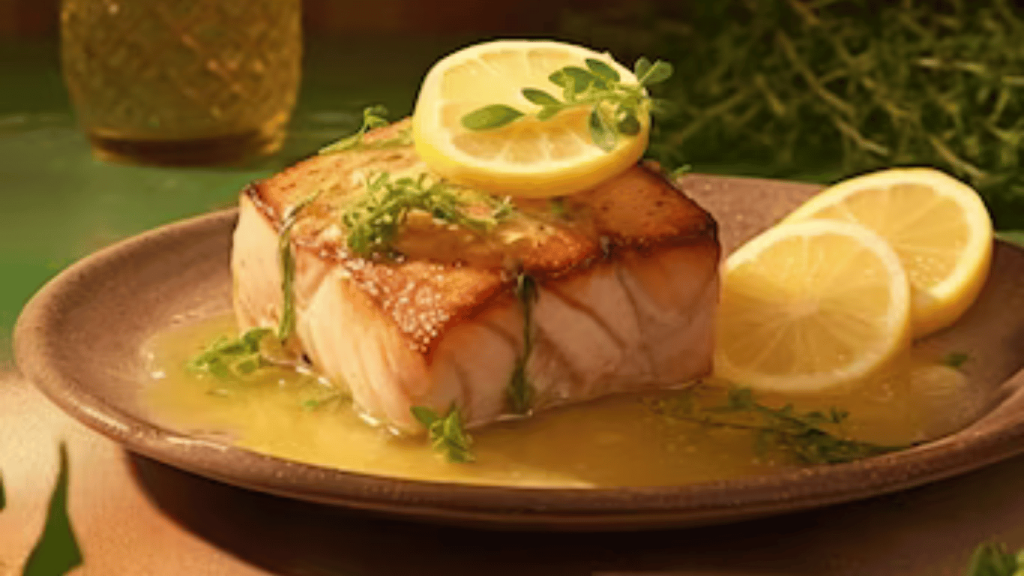
Salmon is one of the most popular and versatile fish you can cook at home. It has a rich and buttery flavor, a tender and flaky texture and a beautiful pink color that makes it appealing to the eye. But how do you bake salmon to perfection? These are some tips to help you consistently achieve a delicious and moist baked salmon recipe.
Avoid overcooking by monitoring closely
One of biggest mistakes that people make when baking salmon is overcooking it. Overcooked baked salmon becomes dry, tough and bland. To prevent this, you need to monitor cooking time and temperature carefully. General rule of thumb is to bake salmon at 375°F (190°C) for 12 to 15 minutes, depending on thickness of the filet. You can also use a meat thermometer to check internal temperature of the salmon. It should reach 145°F (63°C) when it is done.
Resting time after baking
Another tip to ensure a juicy and tender it is to rest for a few minutes after taking it out of the oven. This allows juices to redistribute throughout fish and keep it moist. You can loosely cover the salmon with aluminum foil or parchment paper to keep it warm while resting.
Garnish options for presentation
To make your baked salmon look more delicious and elegant, add some garnishes on top or around it. Some common garnishes for these are lemon slices, fresh herbs (like parsley, dill or cilantro), capers, olives and cherry tomatoes. You can also drizzle extra virgin olive oil, melted butter or honey over the salmon for extra flavor and shine.
Serving and Pairing
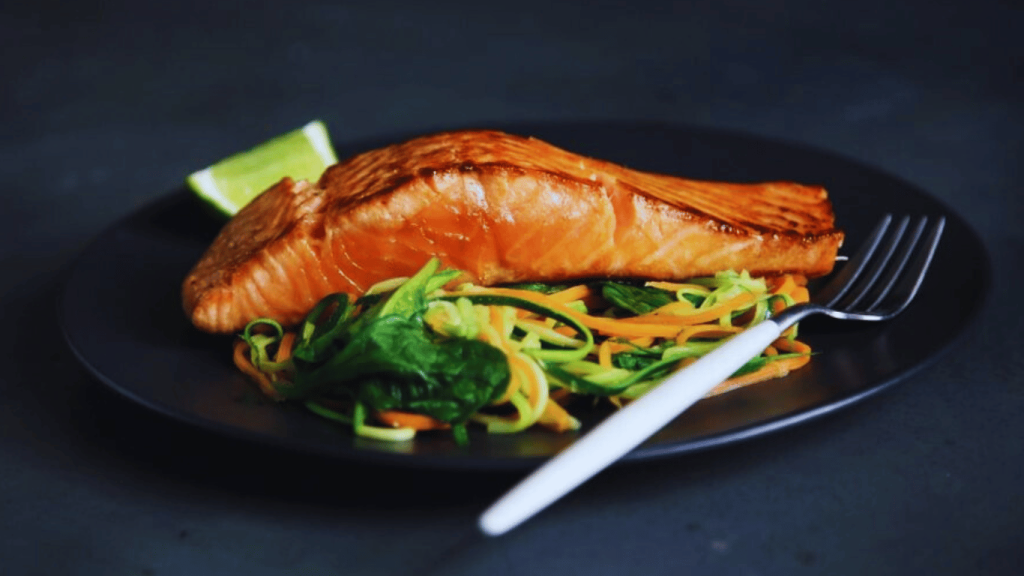
Now that you have baked your salmon to perfection, how do you serve and pair it with other dishes? These are some suggestions to help you create a balanced and satisfying meal.
Suggested side dishes
It goes well with various side dishes that complement its flavor and texture. Some classic side dishes for these are steamed vegetables (like broccoli, asparagus or green beans), quinoa, roasted potatoes or rice. You can also try more creative side dishes like roasted Brussels sprouts with bacon, creamy spinach and mushroom casserole or Mediterranean couscous salad.
Wine or beverage pairing
To enhance your baked salmon’s taste, pair it with a suitable wine or beverage that matches its flavor profile. Some of the best wine choices for these are white wines like Chardonnay, Pinot Gris, Sauvignon Blanc or Riesling. These wines have a light to medium body, a crisp acidity and a fruity or floral aroma that complement richness and butterine’s of the salmon. If you prefer red wine, you can opt for a light bodied and low tannin red wine like Pinot Noir, Gamay or Grenache. These wines have a smooth texture, a bright acidity and a berry or cherry flavor that balances savory and oily notes of the salmon. If you are not a wine drinker, pair your baked salmon recipe with other beverages like sparkling water, lemonade, iced tea or beer.
Baked salmon with chosen garnishes
To make your look more appealing and inviting, you can present it with your chosen garnishes on a large platter or individual plates. You can arrange the lemon slices, fresh herbs, capers, olives or cherry tomatoes on top or around salmon fillets. For extra seasoning, you can also sprinkle some salt, pepper or paprika over the salmon. You can also serve your with sauces or dips like tartar sauce, lemon dill sauce, yogurt sauce or pesto sauce.
Variations and Additional Recipes
If you want to experiment with different flavors and textures of salmon, you can try variations and additional recipes to spice up your menu. These are some ideas to inspire you.
Exploring different seasoning
One of the easiest ways to change your it is to use different seasonings and spices to give it a different flavor profile. For example, you can use Cajun seasoning for spicy and smoky baked salmon recipe, Italian seasoning for herbaceous and garlicky it, curry powder for exotic and aromatic salmon or maple syrup for sweet and sticky salmon.
You are incorporating glazes or sauces for a diverse flavor palette. Another way to add more flavor and moisture to your it is to use glazes or sauces that coat the fish and create a delicious crust or topping. For example, you can use teriyaki sauce for an Asian inspired baked salmon, honey mustard sauce for a tangy and sweet salmon, barbecue sauce for a smoky and savory baked salmon recipe or pesto sauce for a fresh and nutty it.
Alternative cooking methods
If you want to try something different from the traditional oven baking method, you can also use other cooking methods to give your salmon a different texture and appearance. For example, you can grill your salmon for a charred and crispy skin, bake your salmon in parchment packets for a moist and tender flesh or poach your salmon in a flavorful broth for a delicate and flaky result.
Salmon Health Benefits in 2023
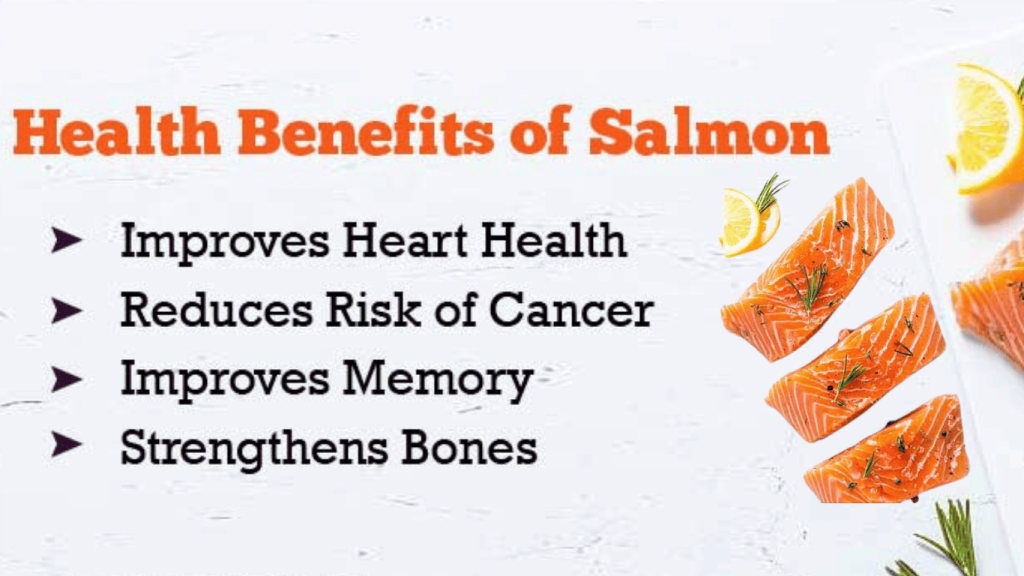
Salmon is delicious versatile but also nutritious and beneficial for your health. These are some of the health benefits of eating salmon regularly.
Nutritional value of salmon
Salmon is an excellent source of high quality protein, essential for building and repairing your muscles, bones, skin and hair. Salmon is also rich in omega 3 fatty acids, good fats that help lower your blood pressure, cholesterol and inflammation. Salmon also contains various vitamins and minerals supporting your immune, metabolism and nervous systems. Some vitamins and minerals are vitamin B12, vitamin D, selenium, iodine and phosphorus.
Potential health benefits
Eating salmon regularly can have positive effects on your health and well being. Some of the potential health benefits of salmon are:
- You are improving your heart health. Salmon can help prevent or reduce the risk of cardiovascular diseases like heart attack, stroke or arrhythmia. This is because salmon can lower your blood pressure, cholesterol, triglycerides and inflammation, all contributing factors to heart problems.
- You are boosting your brain function. Salmon can also improve your cognitive abilities like memory, learning, concentration and mood. This is because salmon can increase blood flow to your brain, protect your brain cells from damage and enhance the communication between your brain cells.
- It reduces inflammation. Salmon can also help reduce inflammation linked to various chronic diseases like arthritis, diabetes or cancer. This is because salmon can modulate the production of inflammatory molecules like cytokines and prostaglandins, which are responsible for triggering or maintaining inflammation.
Conclusion
Baking salmon is a simple and easy way to enjoy this delicious and nutritious fish at home. By following these tips and suggestions, you can achieve a perfectly bake salmon that is moist, tender, flaky and flavorful every time. You can also experiment with different seasonings, glazes, sauces and cooking methods to create different variations of this that suit your taste buds and preferences. You can also pair your baked salmon recipe with various side dishes, wines, beverages and garnishes to create a balanced and satisfying meal. Eating salmon regularly can also provide many health benefits like improving your heart health, boosting your brain function and reducing inflammation. So what are you waiting for? Grab some fresh or frozen salmon fillets from your local market or grocery store and start baking.
[penci_recipe]

